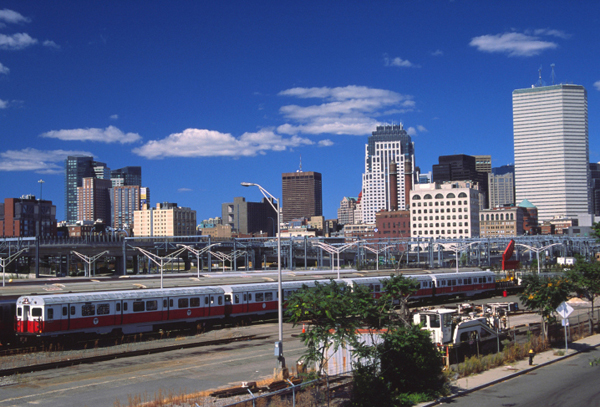The Political Elegance of the MBTA's Deficit Solution
 (Photo via iStockphoto.)
(Photo via iStockphoto.)
If you want the details of yesterday’s MBTA deficit solution, take a look at Jason Schwartz’s wrap-up or read it for yourself.
Slide 4 is the key breakdown of the total solution. Service reductions account for only about 8 percent of the deficit reduction, fare increases account for almost 40 percent, and the rest is a series of budgetary nips, tucks, and rummaging through available pockets of cash.
The fare increases total $72.9 million (below the $87 million to $135 million range in the original two scenarios). And they appear to have gained widespread acceptance.
Imagine if the T had lead with just a request for a fare increase. It would have been ugly. Instead, they gave people a rough choice between service cuts and a fare increase. And folks seemed to have wanted a fare increase (or at least they disliked service cuts more than the fare increase).
And their array of service cuts was also skillfully chosen. Scenario 1 would have only cut 2 percent of bus trips (see fig.2-1 and 2-2), yet it cut routes in a large swathe of the MBTA’s suburban coverage area. Scenario 2 would have cut 25 percent of bus trips and affected riders in both suburban and urban areas. In any event, there was enough there to insure a large and sustained outcry from bus riders (who were 51 percent of commenters in person or by email during the hearing process).
So, through some deft political maneuvering (oh yeah, and about 100 contentious hearings), the MBTA ends up with a solution (at least for this year) that includes a fare increase with at least lukewarm public support. And they’ve captured a few service reductions, and laid the groundwork for additional ones next year.
It’s bloodsport in these parts to pick on the MBTA for alleged incompetence, but they’ve handled this situation adroitly.
Crossposted at Pioneer Institute’s blog.


